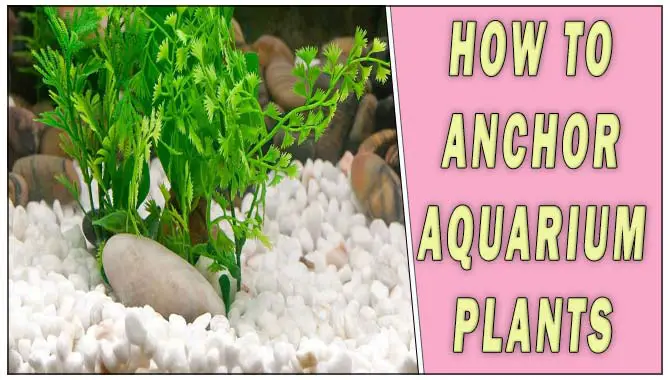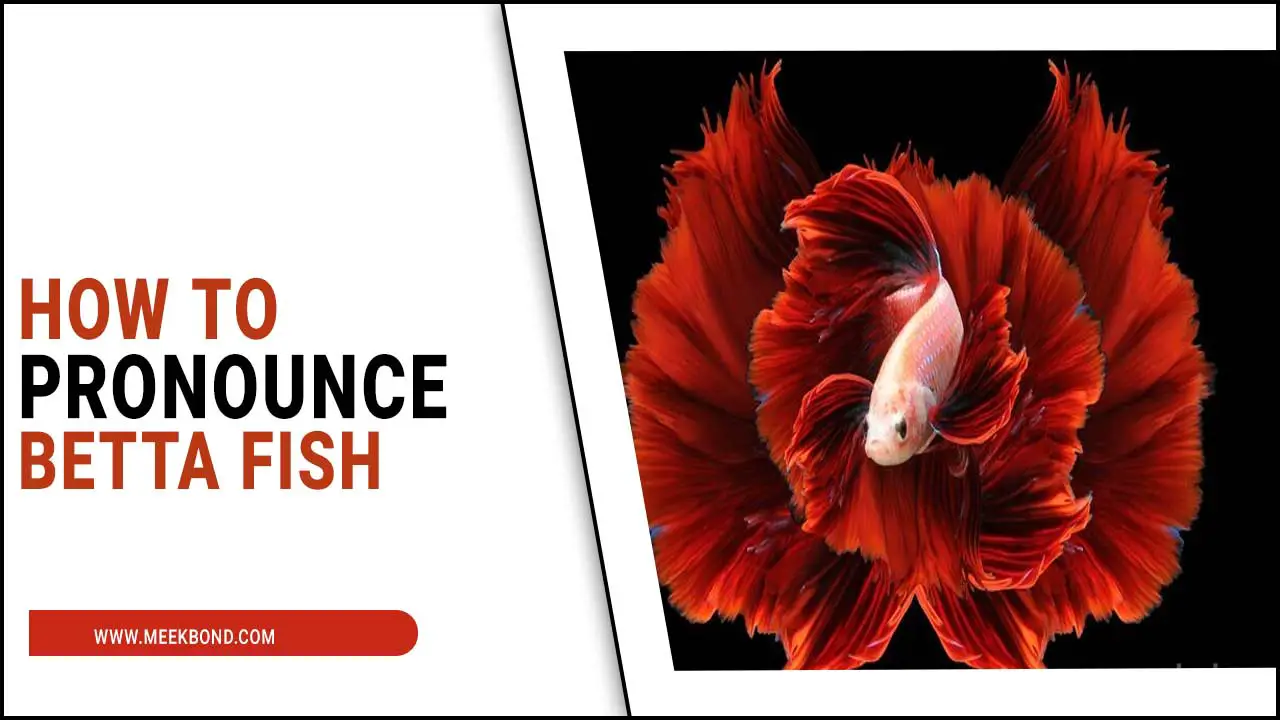Peat moss aquarium refers to utilizing peat moss to maintain an aquarium. Peat moss is employed as a substrate or filter media to establish acidic and soft water conditions, which mimic the natural habitat of certain fish species.
Moreover, it aids in lowering pH levels and eliminating impurities from the water, ensuring a healthier environment for aquatic life. The use of peat moss in aquariums has gained popularity among aquarists who seek to create optimal conditions for specific fish species that thrive in acidic environments.
Here we will take you through a step-by-step guide on how to use peat moss-aquarium for maintenance. So, if you want to keep your aquarium healthy and thriving, read on to learn how to use peat moss effectively.
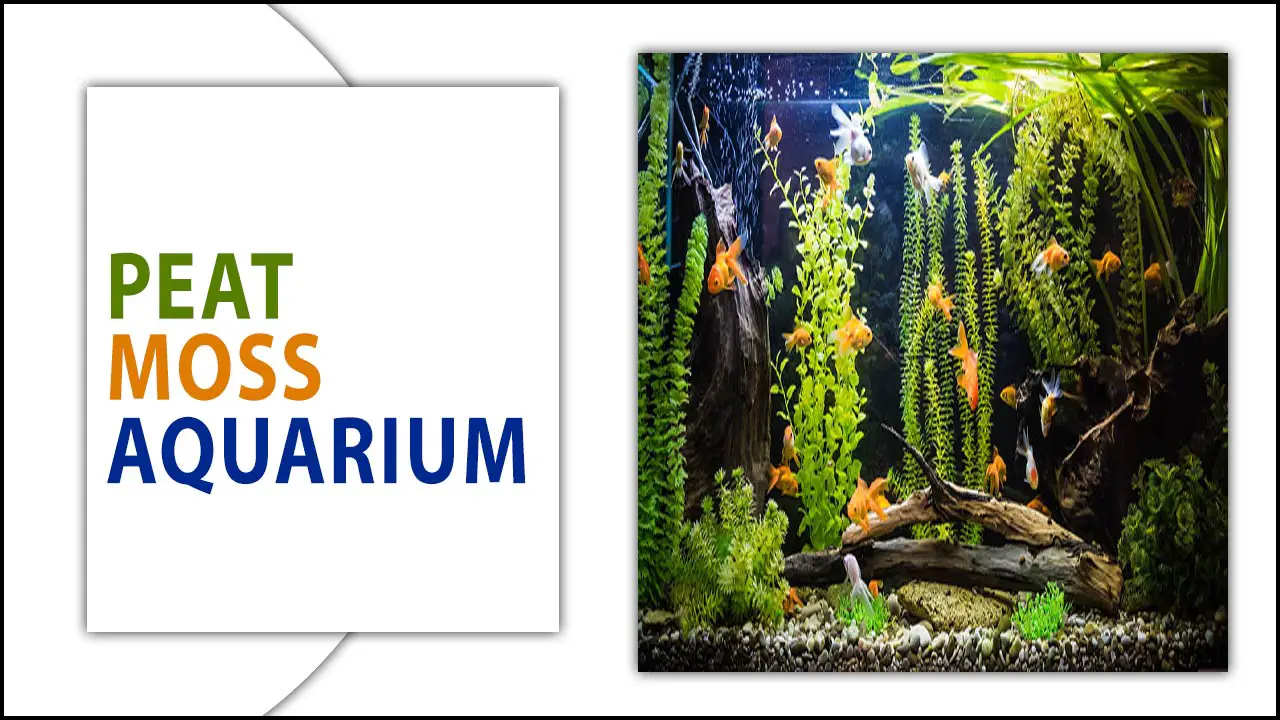
A Step-By-Step Guideline For Using Peat Moss Aquarium For Maintenance
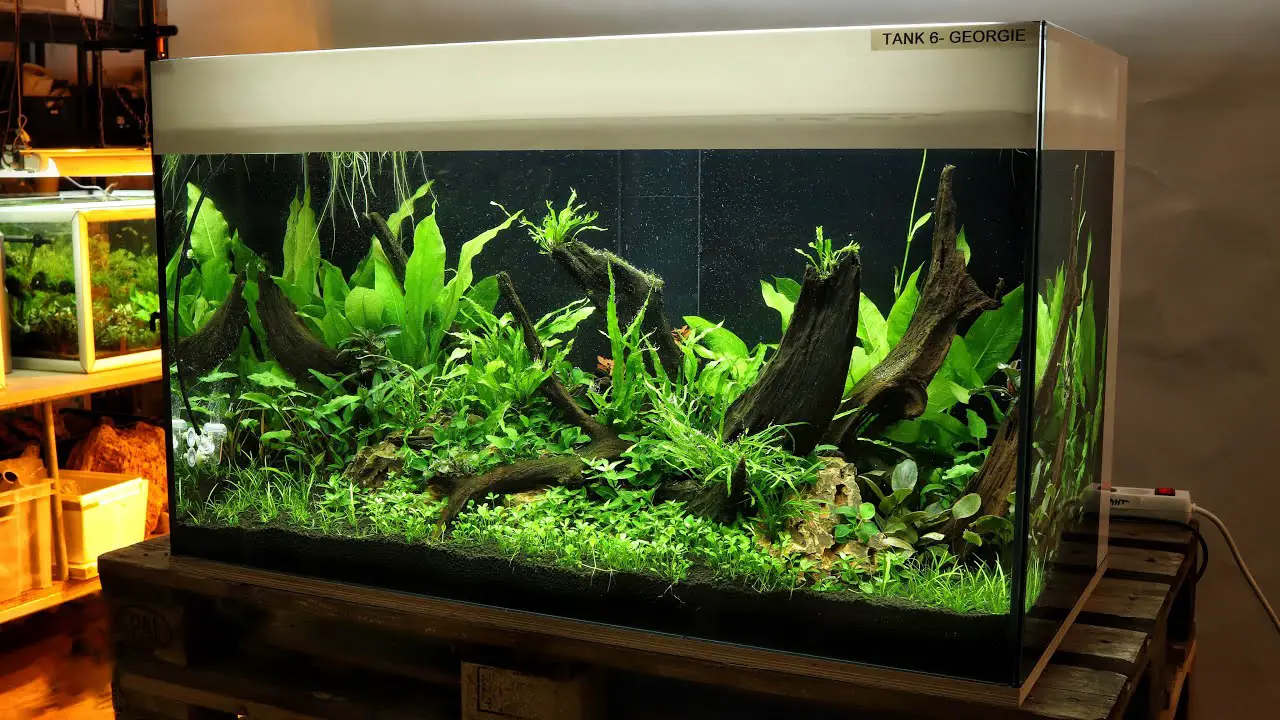
Understand the advantages of incorporating peat moss into aquarium maintenance. To ensure purity, thoroughly rinse the peat moss beforehand. Next, enclose the peat moss in a mesh or filter media bag. Incorporate the peat moss bag into the aquarium filter or position it in a designated area within the tank.
Continuously monitor water parameters and make necessary adjustments. Sustain its effectiveness by periodically replacing peat moss. Following these steps, you can effectively utilize peat moss aquarium for maintenance.
Step 1: Prepare The Peat Moss
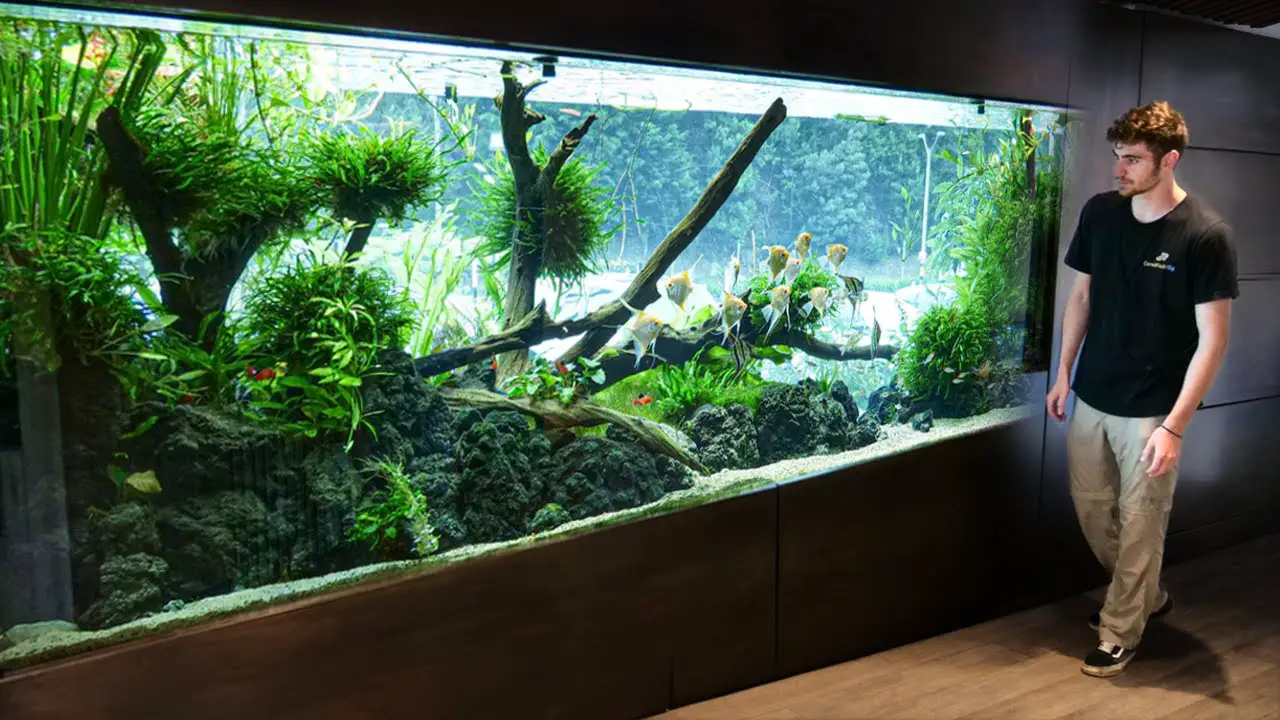
To prepare peat moss for your aquarium, soak it until fully saturated. Squeeze out excess water to prevent acidity. Break up clumps for even distribution. Place in a mesh or filter bag for easy removal and maintenance. Add to filter or tank for the desired effect. Peat moss releases tannins and organic compounds, recreating natural conditions for fish species and improving water quality.
Step 2: Place The Peat Moss In The Filter
Placing peat moss in the filter is important to create a natural environment in the aquarium by lowering pH levels and softening the water. Before doing so, make sure to rinse the peat moss thoroughly to remove any impurities that may be present. Once rinsed, place enough peat moss in the filter to achieve the desired water conditions.
Monitoring the water parameters regularly ensures that the peat moss maintains the desired pH and hardness levels. If needed, replace the peat moss in the filter to maintain optimal water conditions for the aquarium. By following this step, you are on your way to creating an ideal environment for your fish by harnessing the natural benefits of peat moss.
Step 3: Use Peat Moss As A Substrate
Using peat moss as an aquarium substrate offers several benefits. It acts as a natural filter, keeping the water clean and healthy for fish. The acidity of peat moss creates the ideal pH level for certain fish species. It also promotes healthy plant growth and releases beneficial tannins into the water, enhancing aesthetics and providing health benefits to fish.
However, monitoring water parameters and adjusting as needed is important. Including peat moss in your aquarium substrate can create a thriving ecosystem with healthy fish, lush plants, and clear water.
Step 4: Monitor The Ph Levels
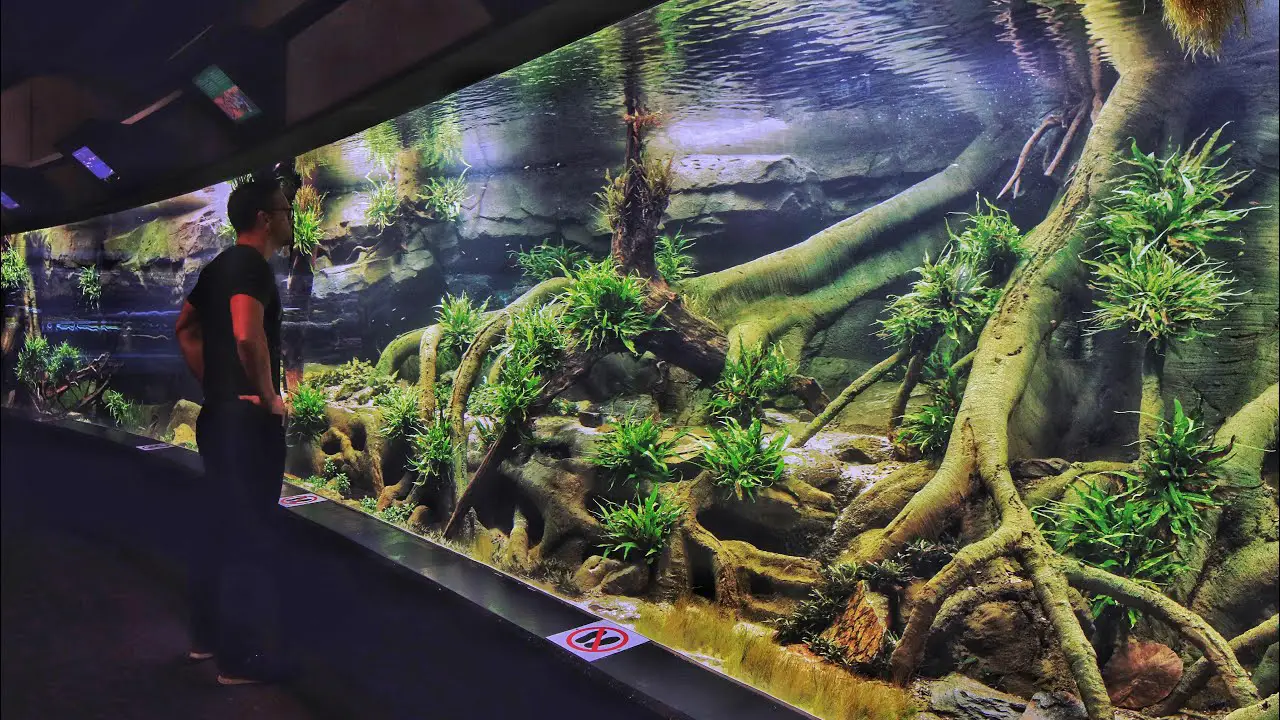
Regularly monitoring the pH levels is crucial to ensure a healthy and stable environment for your aquarium. Peat moss can be important in maintaining the pH levels, especially if you have softwater fish species. Using a reliable aquarium testing kit, you should test the pH levels regularly. Adjust the amount of peat moss used in the aquarium based on the desired pH range for your fish.
It’s important to keep track of any fluctuations in pH levels and adjust as needed to maintain optimal conditions for your fish. By monitoring the pH levels and making necessary adjustments, you can create a suitable environment that promotes the well-being of your fish.
Step 5: Adjust The Water Flow Rate
Adjust the water flow rate based on your fish’s sensitivity to ensure proper filtration and oxygenation in your aquarium. Observe their behaviour to determine the optimal flow rate. Regularly clean the filtration system to prevent blockages and maintain effective impurity removal. Adjusting the flow rate and keeping the system clean can create a comfortable environment for your fish.
Step 6: Change The Water Softening Properties
You can use peat moss to soften water in your aquarium and create an ideal environment for certain fish. Replacing some aquarium water with peat moss-treated water allows you to adjust pH and hardness levels to suit your fish’s needs.
This is especially important if your fish prefer slightly acidic or soft water. The peat moss needed depends on your aquarium size and desired water softness. Regularly monitor and test water parameters to ensure they remain optimal for your fish. Softening the water promotes a natural environment and enhances fish health and well-being.
Step 7: Replace Chemical Treatments With Peat Moss
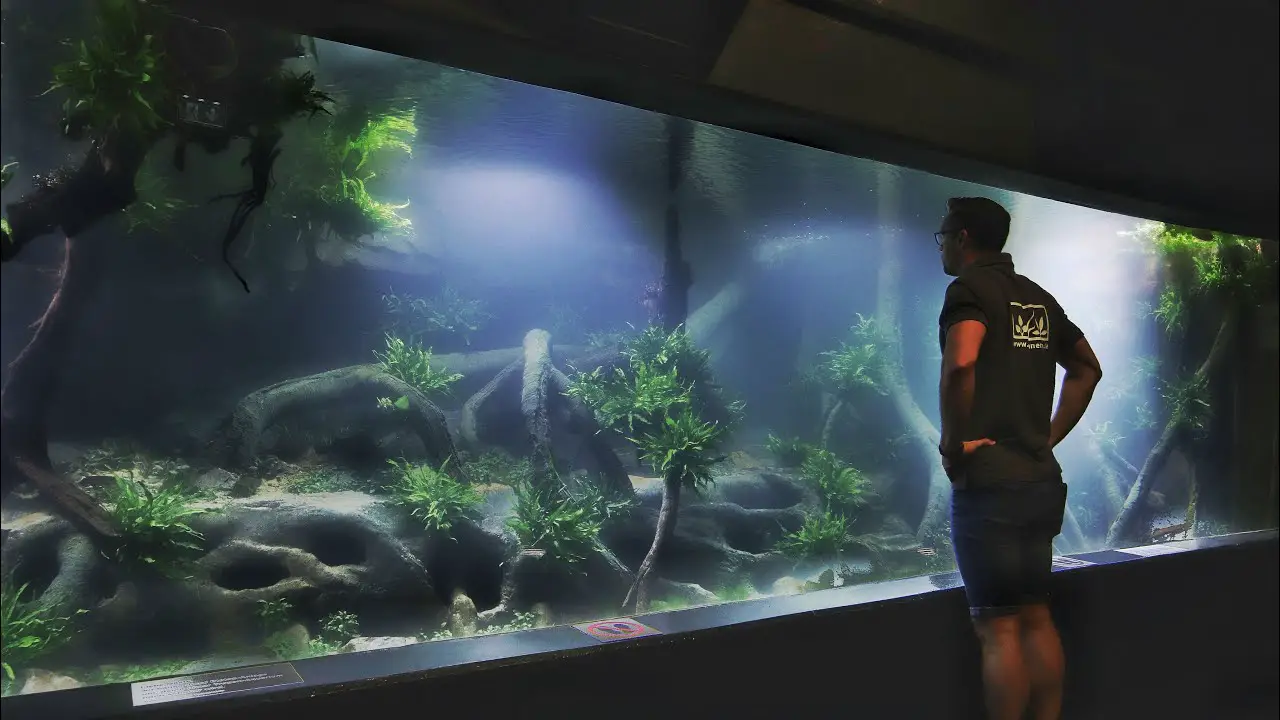
Consider replacing chemical treatments with peat moss to create a healthier and more natural ecosystem in your aquarium. This versatile material is a natural alternative that can help lower pH levels and soften water, making it more suitable for certain fish species.
Using peat moss is simple – just place it in a mesh bag or a media reactor and allow it to work magic. Regularly using peat moss can maintain stable water conditions and promote the overall well-being of your aquarium inhabitants. It’s an effective way to create a more natural environment without relying on additives or chemicals.
Step 8: Create A Natural Look
Use decorations that mimic the fish’s habitat to create a natural look in your aquarium. Choose rocks, driftwood, and live plants to create a realistic underwater environment. Arrange them like they would be found in nature. Consider your fish’s size and compatibility when selecting decorations.
Securely anchor the decorations to prevent shifting or toppling. Regularly maintain and clean them to keep them fresh and free from algae or debris.
Creating a natural look enhances the visual appeal and provides a comfortable environment for your fish. They will feel at home in a tank that resembles their habitat. Design and maintain your aquarium decorations carefully to create an inviting underwater world.
Step 9: Monitor Ammonia Levels
Regularly monitoring ammonia levels in your aquarium is crucial for maintaining a healthy environment. High ammonia levels can harm fish and result in poor water quality. Use testing kits to measure ammonia levels to ensure they are within safe limits.
If you discover elevated levels, take prompt action, such as making water changes or using ammonia-neutralizing products. Proper maintenance of ammonia levels is vital for the health of your aquarium ecosystem. Regular monitoring and taking action when needed will create a safe and thriving environment for your aquatic inhabitants.
Step 10: Change The Color Of The Water
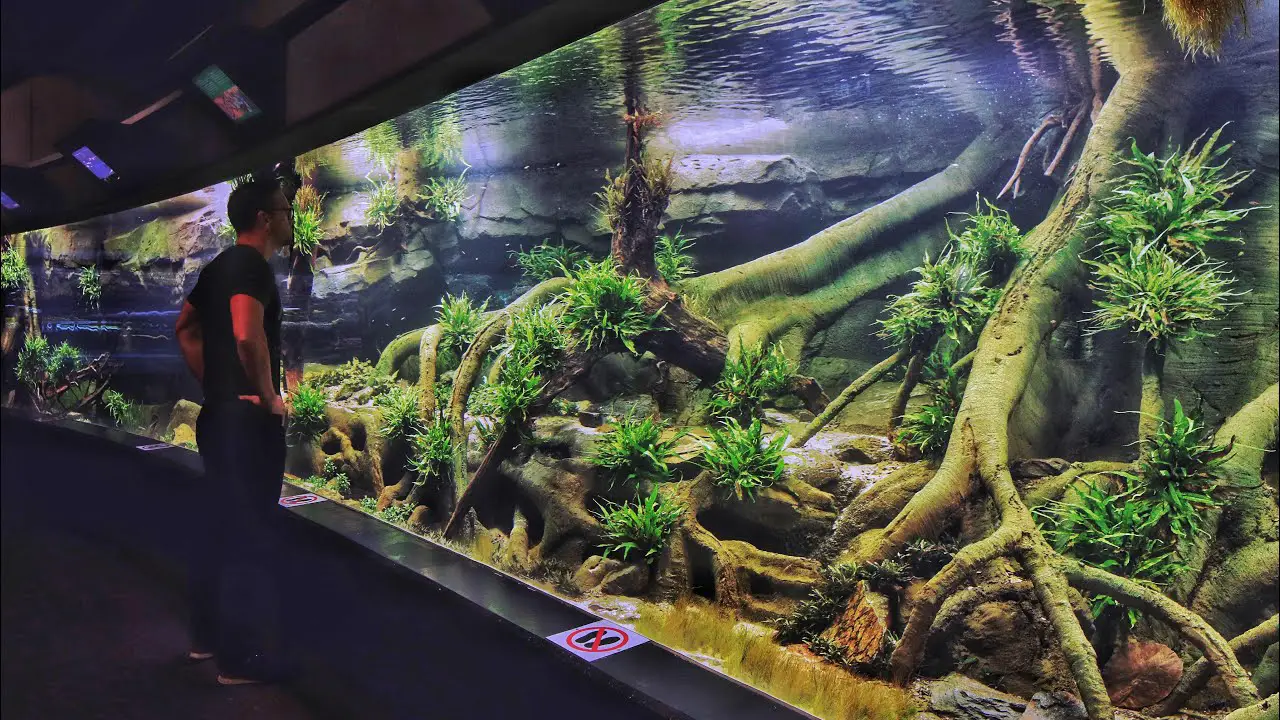
To change the water colour in your aquarium, add peat moss. This natural material creates a visually striking tea-coloured effect with its tannins. However, be cautious of pH levels, as peat moss can lower them over time. Introduce it gradually to avoid sudden changes in water chemistry. Regular monitoring and maintenance are necessary for a healthy aquarium balance.
Using peat moss, you can transform your aquarium’s appearance and create a natural environment for fish. Remember to monitor pH levels and adjust as needed for optimal water conditions. You can enjoy an aesthetically appealing aquarium that mimics your fish’s natural habitat with proper care. Follow these steps to enhance your aquarium’s overall aesthetic while providing a comfortable environment for your fish.
How Does Peat Moss Work In An Aquarium?
Peat moss is a valuable addition to an aquarium for its multiple purposes. Firstly, it acts as a natural water softener, helping to lower pH levels and stabilize water parameters. This benefits fish species that thrive in softer, more acidic water conditions. Additionally, peat moss releases tannins into the water, simulating the natural habitat of many fish species and creating a more natural and comfortable environment for them.
Furthermore, peat moss provides beneficial humic acids and trace minerals that can promote the growth of aquatic plants and support the development of beneficial microorganisms in the aquarium ecosystem. Overall, incorporating peat moss into an aquarium can create a healthier and more suitable environment for fish and plants.
Role Of Peat Moss In Aquariums
Peat moss is essential in aquariums as it creates a natural environment that mimics fish habitats. It lowers water pH and adds a calming effect with its tannins, promoting the well-being of fish. Additionally, peat moss acts as a natural filter, removing impurities and toxins and supporting the growth of beneficial bacteria. Overall, peat moss enhances aquariums by providing ideal conditions for fish to thrive.
Benefits Of Using Peat Moss For Aquarium Maintenance
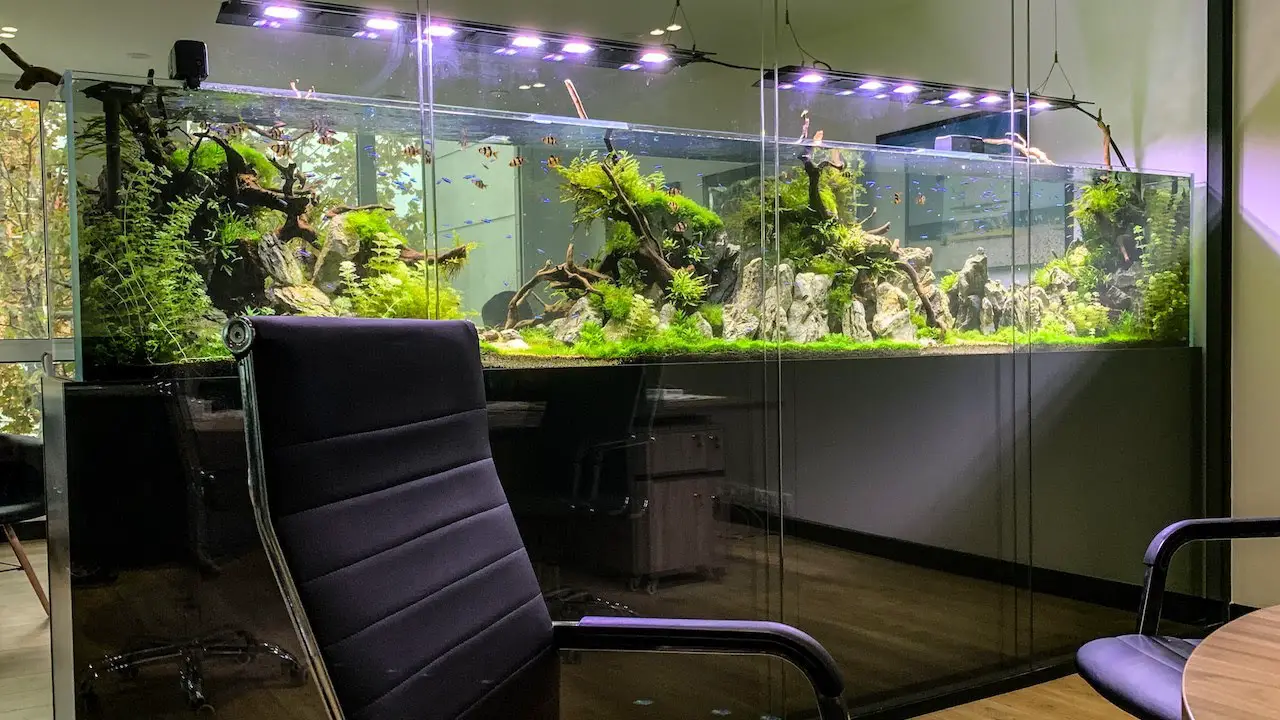
Peat moss has several benefits for aquarium maintenance. It can lower pH levels, improve water clarity, and act as a natural filtration system. This creates a suitable environment for fish and maintains water quality. Peat moss also mimics the natural habitat of certain fish, promoting their health and reducing stress. It is a cost-effective and eco-friendly alternative to chemical additives, ensuring a clean and thriving aquatic environment.
Conclusion
Using peat moss for aquarium maintenance offers several benefits, including water softening, pH level adjustment, and removal of harmful chemicals. By following a step-by-step guide, you can effectively use peat moss aquarium to create a natural environment that promotes the well-being of your aquatic life.
It is important to monitor ammonia levels and regularly change the colour of the water to ensure a healthy and thriving aquarium ecosystem. With its ability to mimic natural conditions, peat moss is vital in maintaining your aquarium’s overall health and balance. Consider incorporating peat moss into your aquarium maintenance routine for optimal results.
Frequently Asked Questions
How Long Does Peat Moss Last In The Aquarium?
Peat moss can last in an aquarium for a few weeks to several months, depending on the tank size and peat quantity. Over time, it will break down and lose effectiveness in maintaining water parameters. It’s recommended to replace every few months or as needed for optimal conditions.
Is Peat Moss Safe For Aquariums?
Peat moss can be safe for aquariums when used correctly. It can help maintain pH levels and create a natural environment for certain fish species. When using peat moss, use high-quality, aquarium-safe moss without added chemicals or fertilizers.
Does Peat Moss Lower Ph In Aquariums?
Peat moss can lower the aquarium’s pH by releasing tannins that acidify the water. It’s important to monitor and adjust pH levels when using peat moss. Consult with an aquarium expert or do thorough research before adding peat moss to your aquarium.
What Is Peat For Fish Tanks?
Peat for fish tanks is an organic material used to create beneficial conditions. It lowers the water’s pH, making it suitable for certain fish species. Additionally, it releases tannins, providing a natural environment and assisting in filter use or as a substrate for fish and plants.
What Is The Best Way To Clean Peat Moss -Aquariums?
To clean peat moss in an aquarium, remove it from the tank and rinse it thoroughly with water. Gently squeeze out excess water and debris before allowing it to dry completely. Replace the peat moss every 3-6 months for optimal effectiveness.

Aquarium passion is all about connecting with the aquatic life and providing education to the public on the importance of these creatures. We showcase a wide variety of marine life through our exhibits as well as working with schools to provide unique learning opportunities for students of all ages.

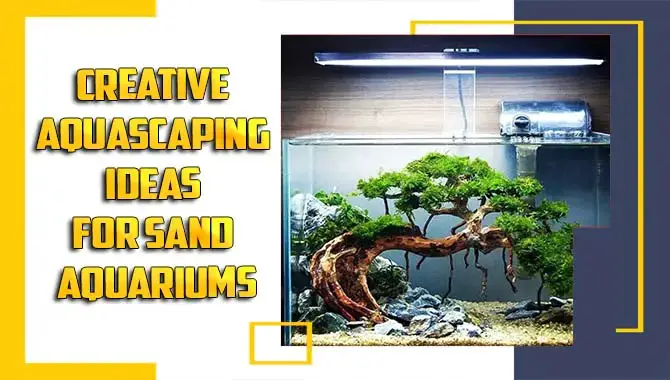
![How To Clean Old Aquarium Gravel – [The Easy Way]](https://meekbond.com/wp-content/uploads/2023/02/How-To-Clean-Old-Aquarium-Gravel.jpg)
